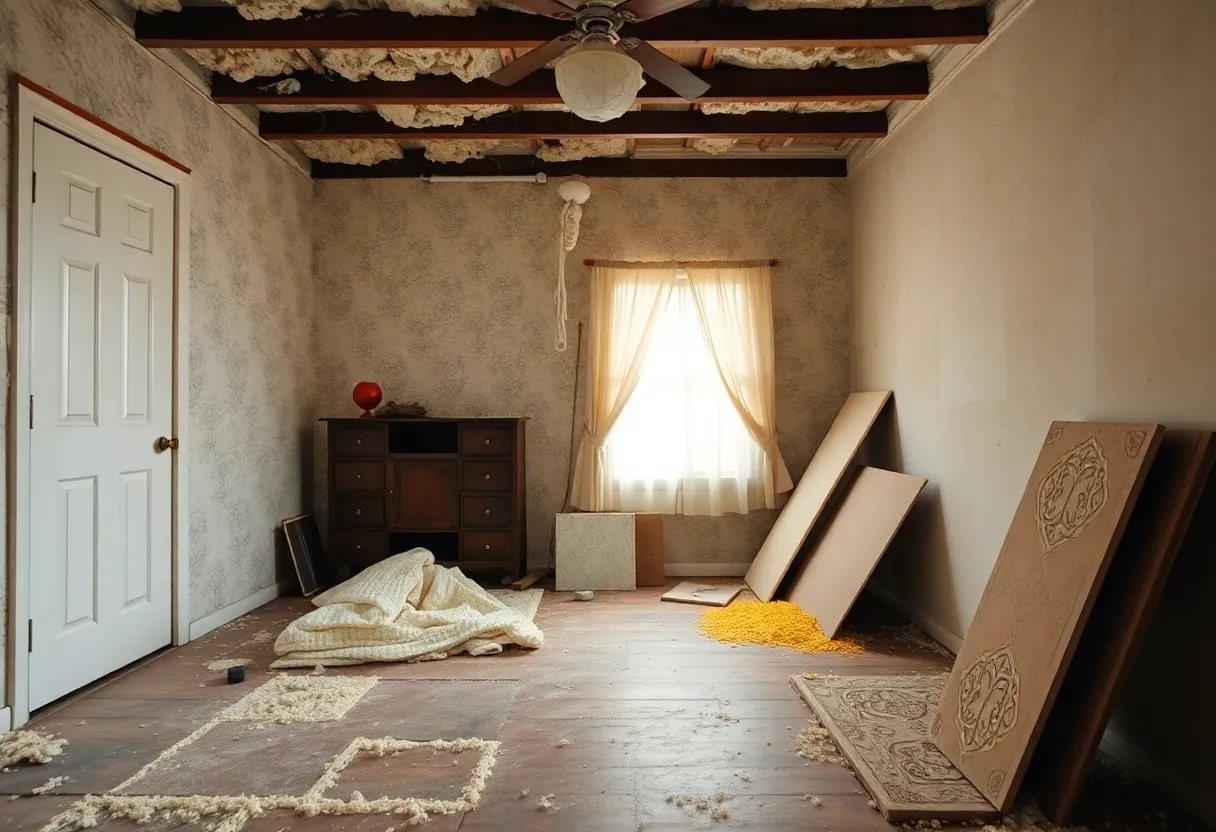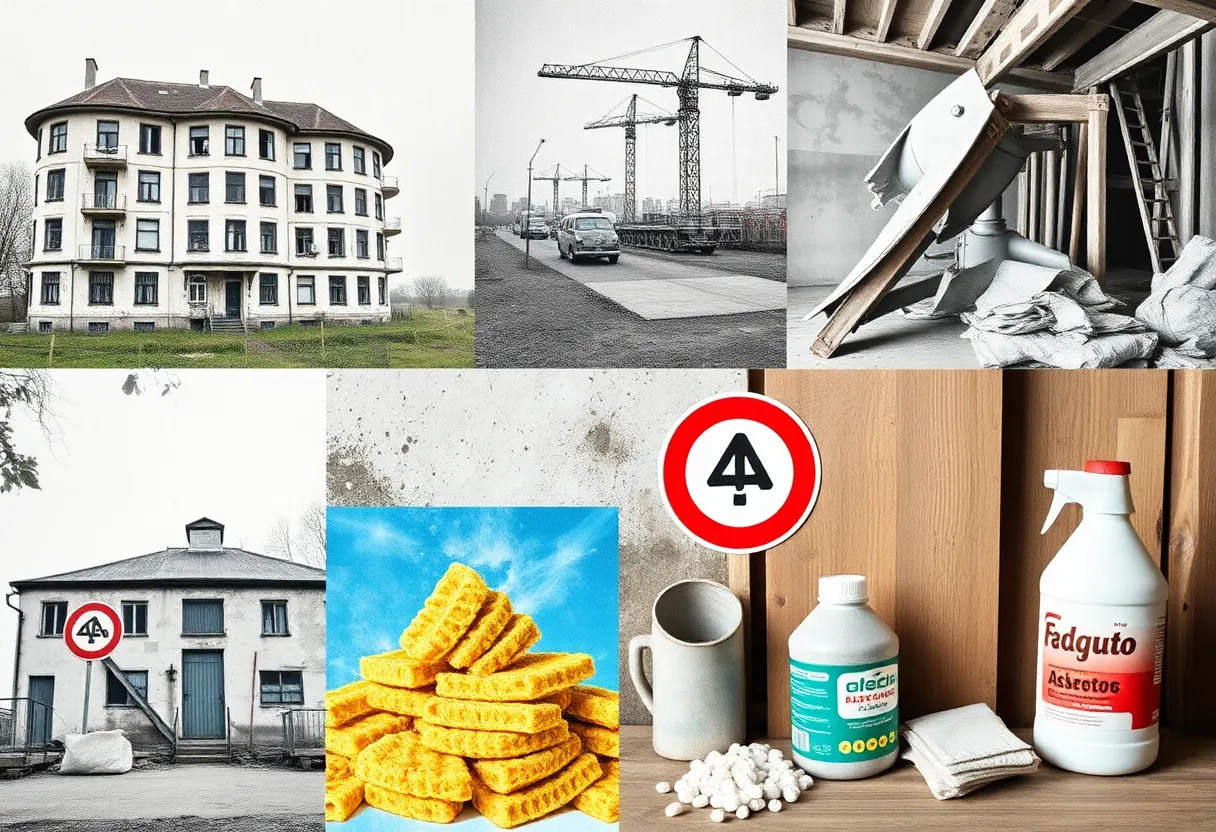London’s Cosmetic Controversy: Unveiling the Asbestos Risks in Talcum Products
Here in London, the chatter around beauty products has taken a serious turn. A recent investigation by a renowned media outlet has revealed unsettling news about the safety of talc-containing cosmetics that many of us might be using every day. It’s a startling reminder that while we often trust what we put on our skin, the ingredients may have hidden dangers, including the presence of asbestos.
The Basics of Talc and Asbestos
First, let’s break it down a bit. Talc is a soft mineral often used in a variety of cosmetics, including eye shadows, blushes, and face powders, mainly because it helps keep products smooth and absorb moisture. However, this seemingly innocent ingredient is derived from a natural mineral that sometimes may contain unwanted companions—namely, asbestos. Asbestos itself is synonymous with danger, primarily due to its links to mesothelioma, a severe cancer impacting the lungs, abdomen, and heart.
The Unexpected Findings
So, what exactly happened? During this investigation conducted in 2024, scientists at the Experimental Techniques Centre at Brunel University of London examined eight popular cosmetic samples that contained talc. Their findings were alarming: out of these, two samples showed traces of asbestos.
Understanding the Link
The connection between talc and asbestos is quite intricate. While both minerals share similar geological origins, their structures are quite different. Talc and asbestos are both silicate minerals, meaning they’re made up of the same elements like silicon and magnesium, but they form in distinct ways—much like the difference between scrambled and poached eggs, despite both being made from eggs. This similarity in origin means that when talc is mined, there’s a possibility that it could be contaminated with asbestos. And while there haven’t been any reports of asbestos being intentionally added to cosmetics, accidental contamination is a real concern.
What’s at Stake?
The long-term impacts of exposure to asbestos are severe, with a complicated development timeline for diseases like mesothelioma that can take decades to manifest. For folks who use talc-based products regularly, this raises an important question: are we putting ourselves at risk? With millions of tons of talc being mined annually, the potential for asbestos contamination could pose a significant health threat.
Current Regulatory Measures
Currently, the talc industry has been slow to adapt to proper regulations to protect consumers. Although they have introduced some measures like X-ray diffraction to detect asbestos, the technology has its limitations. Because of this, there’s a chance that certain products might still contain undetected asbestos, leaving unsuspecting customers in the dark about what they are using on their skin.
Consumer Awareness is Key
This situation calls for a pressing need for consumer awareness. If talc-based cosmetics are proving to be hazardous, it’s imperative for users to be informed. This could potentially place talc in the same category as smoking when it comes to public health concerns—something we should all be cognizant of. It’s even more important to recognize the risks associated with powdered products, which can become airborne and inhaled—again, a risk if those particles are indeed asbestos fibres.
Moving Forward
As the beauty industry evolves, we hope that this investigation prompts action from regulatory bodies and cosmetic companies alike to ensure more rigorous testing for contaminants like asbestos in talc. It’s clear that beauty should never come at the cost of our health, so let’s keep the conversation going and ensure that every product we choose is not just effective but also safe.
So, Londoners and beyond, the next time you reach for that soft, silky powder, remember to think about what you might be putting on your skin and what questions you should be asking about the ingredients. Knowledge is power, and staying informed is the best way to keep ourselves and our loved ones safe.



















